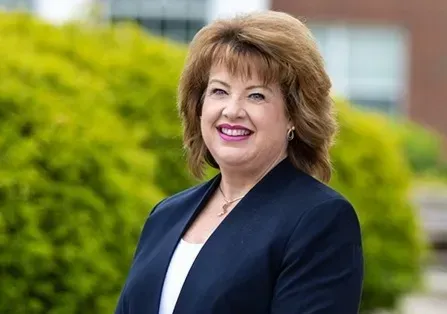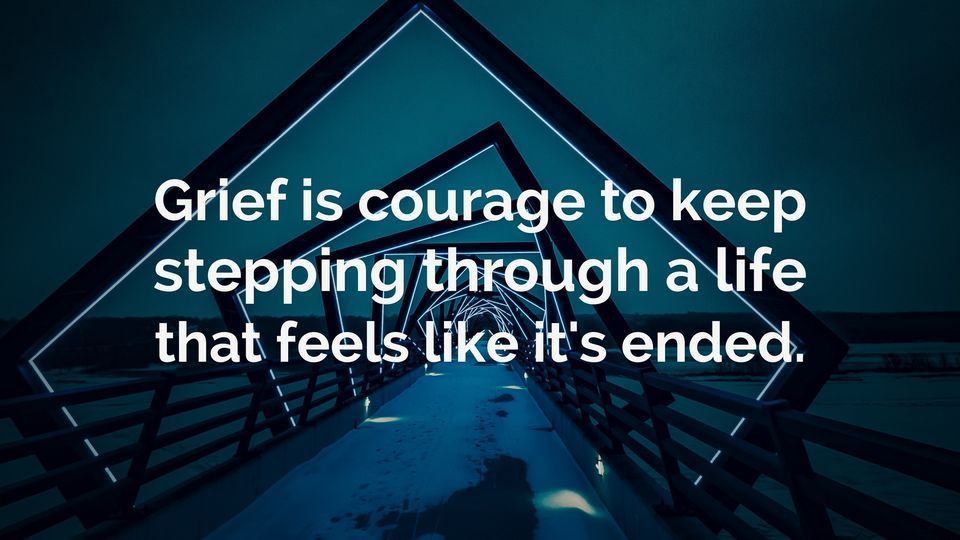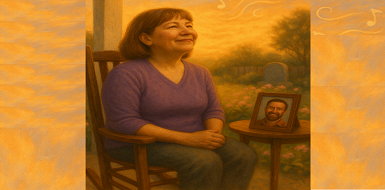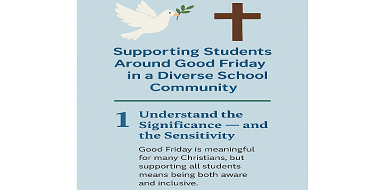Fighting the Battle
In the Bargaining Stage of Anticipatory Grief
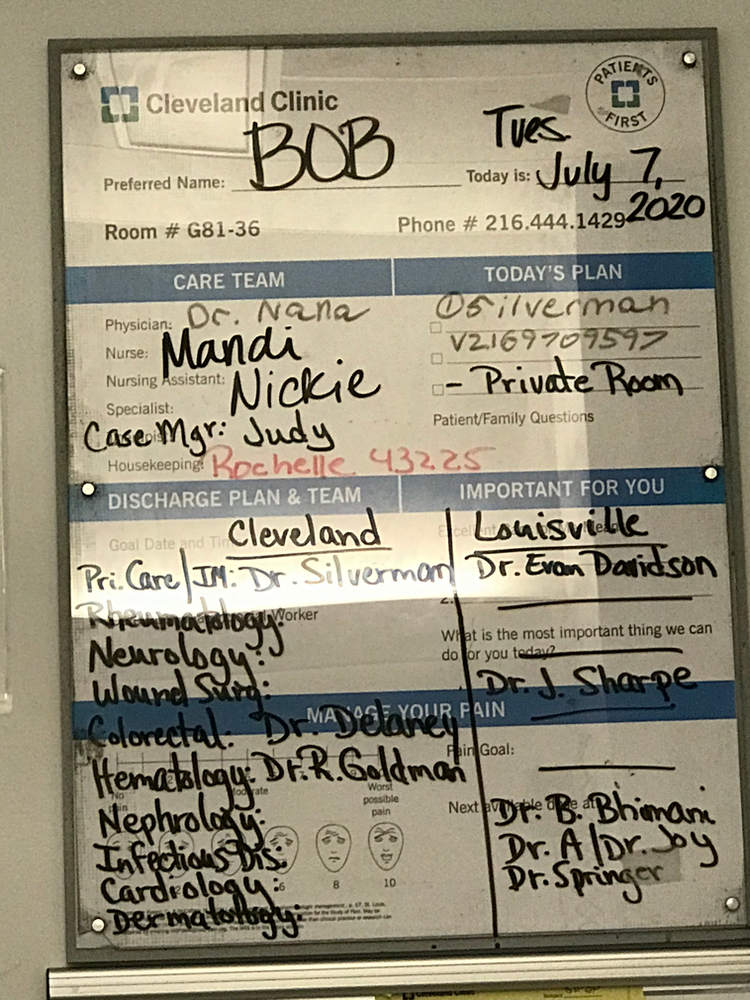
After the four surgeries over Thanksgiving, his body was very weak from the surgeries and the eight days in the hospital with limited movement. He was frustrated about missing the activities of the Christmas holidays, his favorite, but fought hard to walk again and returned to work in January.
Then, in February, he began to feel lethargic again. We thought it was because he was removed from the steroids as they had run their six month course. Yet, his doctors in Cleveland felt he needed to be seen again for further testing. He was admitted on March 9, 2019. The kidney biopsy confirmed that he had amyloidosis as the disease had now spread to the kidneys. On March 17, Ohio’s governor ordered that all hospitals could not have visitors. Administration allowed me to stay through March 21 as I explained that I had not been out of the hospital since March 9 and therefore was not bringing in any new germs. Yet, the medical teams powers were stripped by the politicians at that time, and I had to leave him. (I don’t want to bring in politics. Ohio’s governor is Republican, and Kentucky’s is Democrat. Both made poor decisions that cost us time.)
He was released from Cleveland Clinic on March 31, 2020, to Frazier Rehab. We were so excited, because Frazier was allowing at least one visitor. We would be allowed to see one another. Yet, on that same day, Kentucky’s governor overpowered the medical team and removed that privilege. That was a difficult day for both of us. No one, except possibly the medical team seeing the mental anguish daily, can know how not having your loved ones to support you affects physical healing. Yet, Bob fought on. On April 21, the day before his birthday, I was allowed to visit because I was being trained how to help him in and out of the car, into the wheelchair, and all the equipment to help him walk again. We were so excited! We practiced again on his birthday, then he got to come home on April 23. We were again back at home with meds and a bright outlook.
In July, he was having balancing problems and stomach issues. We went back to Nortons, who sent us back to Cleveland to their Amyloidosis center. By this time, I could at least be with him as the one visitor. He had test after test, but couldn’t find the cause of the Amyloidosis. Hence, it was determined that it must be the HS. We were again sent home with a different set of meds. We remained hopeful that we could get the HS under control, which would then control the Amyloidosis. The distressing awareness that both diseases were incurable didn’t phase our hopefulness. We were sure we were going to win this fight.
Yet, both of us were quietly concerned. In hindsight, I can see the signs of anticipatory loss and anticipatory grief that we were both displaying as the Amyloidosis continued to spread and affect his peripheral nerves and gastrointestinal system.
More on Anticipatory Loss next week.
I am a school counselor turned counselor educator, professor, and author helping educators and parents to build social, emotional, and academic growth in ALL kids! The school counseling blog delivers both advocacy as well as strategies to help you deliver your best school counseling program.
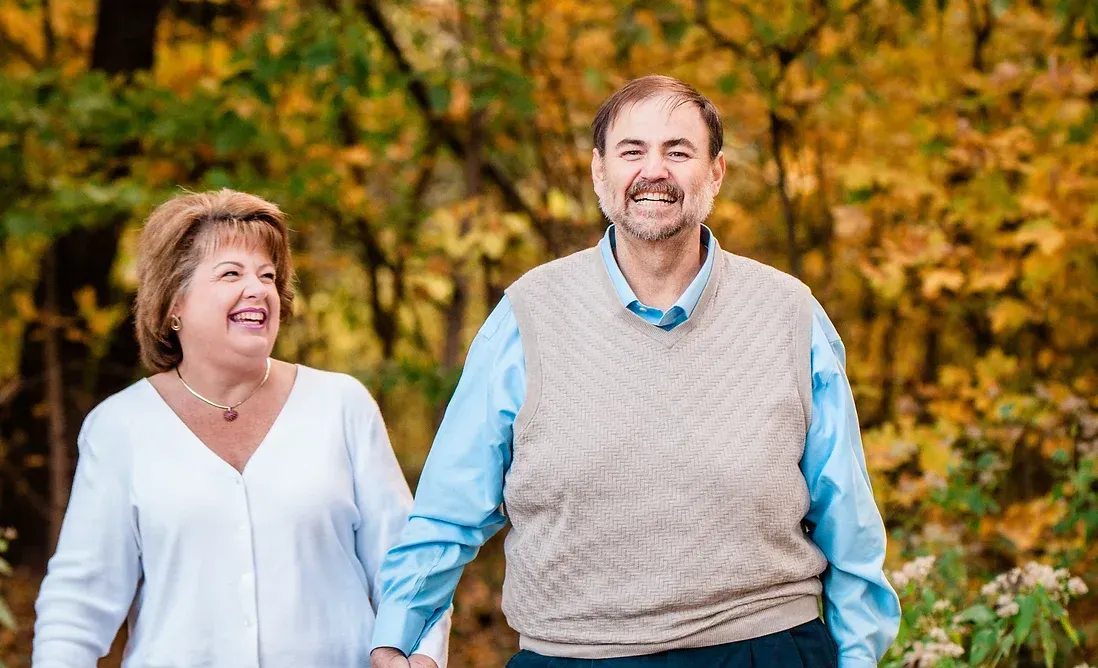
I'm a mother, grandmother, professor, author, and wife (I'll always be his). Until October 20, 2020, I lived with my husband, Robert (Bob) Rose, in Louisville, Ky. On that awful day of October 20,2020, my life profoundly changed, when this amazing man went on to Heaven. After Bob moved to Heaven, I embraced my love of writing as an outlet for grief. Hence, the Grief Blog is my attempt to share what I learned as a Counselor in education with what I am learning through this experience of walking this earth without him. My mission is to help those in grief move forward to see joy beyond this most painful time.
